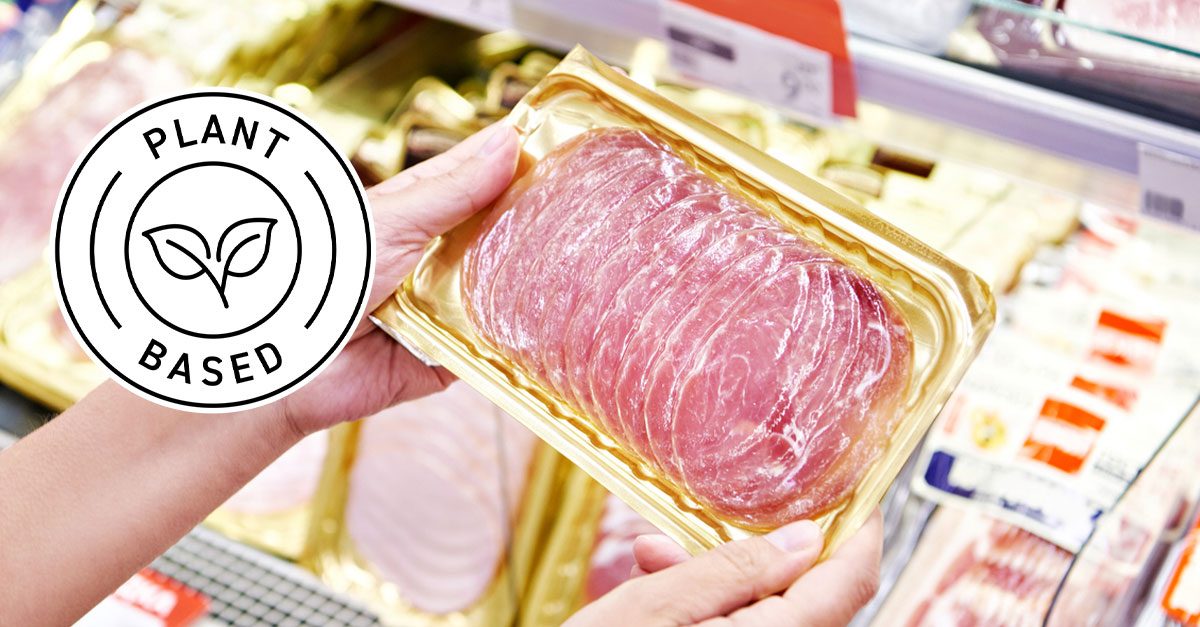How to replace animal protein sources
What can you eat instead of meat or fish? Are there any viable plant alternatives to replace proteins? Absolutely yes. Legumes, pseudocereals, dried fruit and substitutes such as tofu, tempeh and seitan represent a precious source of protein, fiber, vitamins and mineral salts. The important thing is that you choose them in the right way, vary them as much as possible and combine them correctly. Let's find out how.
;Resize,width=742;)
How to replace the noble proteins of meat, fish and derivatives (milk and eggs) without running into dangerous nutritional deficiencies? Are there any plant sources that can replace them in an equally valid way? The answer is yes.
The question does not concern only vegetarians and vegans, however. In fact, more and more people are choosing to move towards a healthier, more balanced and green lifestyle. A more conscious (and consciously more nutritious), eco-sustainable diet that favors quality over quantity. And therefore wild fish, grass fed meat from non-intensive farms, eggs from happy hens, legumes, fresh fruit and dried fruit, preferably seasonal vegetables and so on.
But, for reducing or eliminating proteins of animal origin, what are the alternative sources that we have? And, above all, are there any more effective combinations than others to avoid any vitamin or mineral deficiency? Let's try to understand.

Essential building blocks: what proteins are
So, what are proteins? Discovered in the first half of the nineteenth century, these biological molecules are the "building blocks" of our body. From the Latin proteios, which means "first" or "who occupies the first position", they are indispensable for all biological processes related to life (tissue repair, muscle development, the synthesis of hormones and enzymes and so on).
Proteins are made up of amino acids, which are divided into essential and non-essential. The former, which cannot be synthesized by our body, must necessarily be taken with the diet.
The proteins of animal origin foods are qualitatively superior since they contain all the essential amino acids. This type of protein is in fact called noble proteins or proteins with a high biological value;
The proteins of plant foods, on the other hand, are deficient in one or more essential amino acids.
How to overcome the problem? Correctly combining the different sources of protein. For example, the amino acids that are lacking in cereal proteins are present in those of legumes and vice versa; unique dishes such as risotto with broad beans and peas, bean soup and chickpea hummus, to be combined with toasted croutons, allow you to obtain a meal that is not only tasty but also well balanced from a protein and nutritional point of view.
Let's see in detail the main sources of vegetable proteins.
1. Legumes

Chickpeas, beans, lentils et cetera have an excellent nutritional profile and are an essential source of vegetable proteins, fibers, vitamins and mineral salts. To obtain a complete single dish, it is preferable to consume them in association with a cereal, always better if whole, or with dried fruit or mixed seeds.
To overcome the classic problems of meteorism or abdominal swelling, legumes must be rinsed thoroughly and then subjected to a long soak in water equal to at least double their volume. The times, of course, depend on the legume; 12-16 hours for chickpeas and grass peas, 8-10 hours for beans and 4-6 hours for lentils (the red peeled ones do not need to be soaked). A tip to further improve their digestibility? Put a piece of kombu seaweed in both the soaking and cooking water.
Not only healthy but also versatile, legumes can give life to a thousand various preparations: invigorating soups, delicious balls and burgers, creamy hummus and much more. Just a pinch of creativity and that's it.
2. The pseudocereals

Often referred to as cereals, in reality, pseudocereals such as buckwheat, quinoa and amaranth are seeds; gluten-free, they are perfect for those suffering from celiac disease or intolerant to gluten.
With a delicate taste, buckwheat contains eight essential amino acids and is therefore considered a source of good quality protein.
Quinoa has a characteristic and slightly earthy flavor, and it has just like buckwheat about 20% protein, a high content of lysine and it is also a good source of iron and potassium. We suggest that, before boiling it, you rinse it thoroughly under cold running water to remove all traces of "saponin", a bitter resin produced by the plant itself to protect the seeds from birds and insects. A few winning ideas to bring it on the table? Try this fresh summer salad or try to prepare these delicious quinoa and zucchini balls.
Last, but certainly not least, is amaranth. The sweet taste, reminiscent of walnuts, and the high density of nutrients, make it a real "super food". Good source of protein, calcium, potassium, phosphorus and vitamins A and C, it is composed of about 17% protein and it is particularly rich in lysine, an amino acid important for the absorption of calcium in the digestive tract.
3. Dried fruit

We are talking about almonds, walnuts, hazelnuts, pine nuts, pistachios and so on. Perfect for enriching sweet or savory doughs, for garnishing salads or giving a note of crunchiness to yogurt and fruit salads, dried fruit is delicious and it is also good for you; pay attention to the quantities, however, given the abundant calories. Almonds stand out among them which, particularly rich in vitamin B2, fiber and antioxidants, have the highest level of nutrients. To make them even more digestible, soak them in water for a few hours; this procedure will increase their already excellent nutritional value. And if you want to indulge in a delicious treat, make these caramelized almonds. You will not regret it.
4. Flaxseeds, hemp seeds, sunflower seeds, pumpkin seeds and sesame seeds

Of all these ones, flaxseeds stand out, very rich in omega-3 (57% of total fat), they represent an essential support for vegetarians, vegans and athletes. The omega-3s, in fact, play a fundamental role in the metabolism of fats and in the reduction of inflammation due to sports activity.
And again hemp seeds which contain 10 essential amino acids, represent a superior source of protein, help the immune system and have excellent anti-inflammatory properties.
5. Tofu and tempeh

Tofu is a kind of soy-based vegetable "cheese". It looks like a fresh cheese and it is produced by coagulating a milky liquid obtained from yellow soybeans. It is then collected in molds and left to thicken. Rich in vegetable proteins (about 15 grams per 100 grams of product) it is low in fat and has a neutral and delicate flavor, a characteristic that makes it particularly versatile in the kitchen. Don't know how to cook it? Try these irresistible tofu croquettes; crunchy on the outside and soft on the inside, they will conquer everyone. Even the most skeptical.
Similar to tofu, but with a stronger flavor, tempeh is a fermented yellow soy food. Particularly rich in vegetable proteins, to the point that it has earned the nickname "soy meat", it is a very valid alternative for those who have chosen to reduce or eliminate meat from their diet. Furthermore, the fermentation of soy makes this product particularly digestible and useful for intestinal well-being.
6. Seitan

Of Japanese origin, seitan is a food of vegetable origin obtained from the processing of wheat flour. Rich in protein and low in fat and cholesterol, it is the perfect substitute for meat. Excellent when paired with pasta or rice, in the form of a vegan ragout, it can also be sautéed, grilled or served raw in salads. To be avoided, however, if you are allergic or intolerant to gluten.
;Resize,width=767;)
;Resize,width=712;)
;Resize,width=712;)
;Resize,width=712;)
